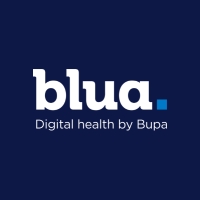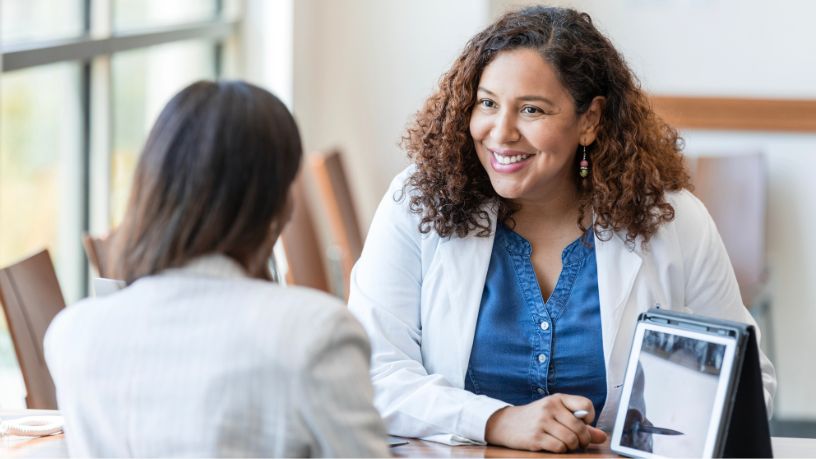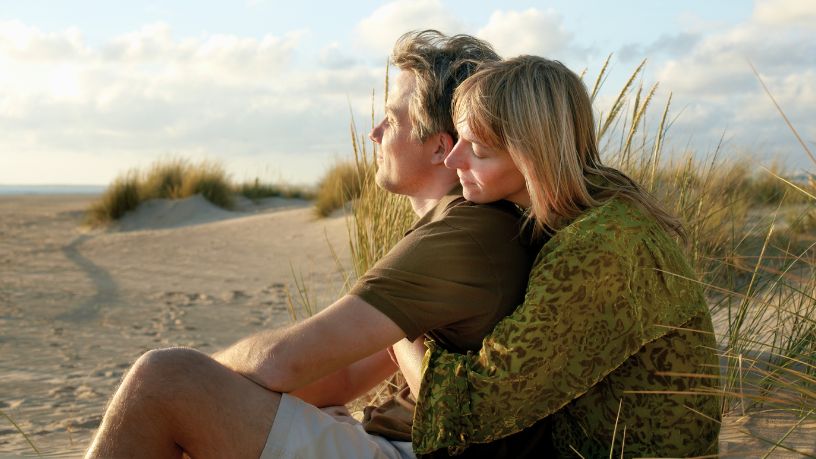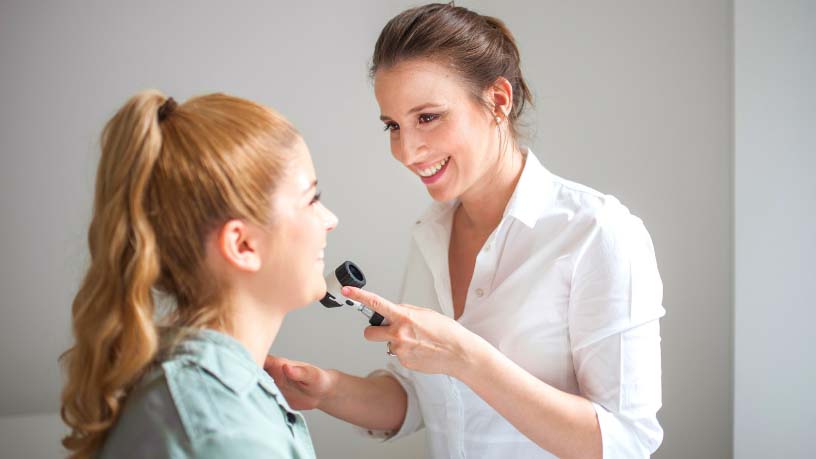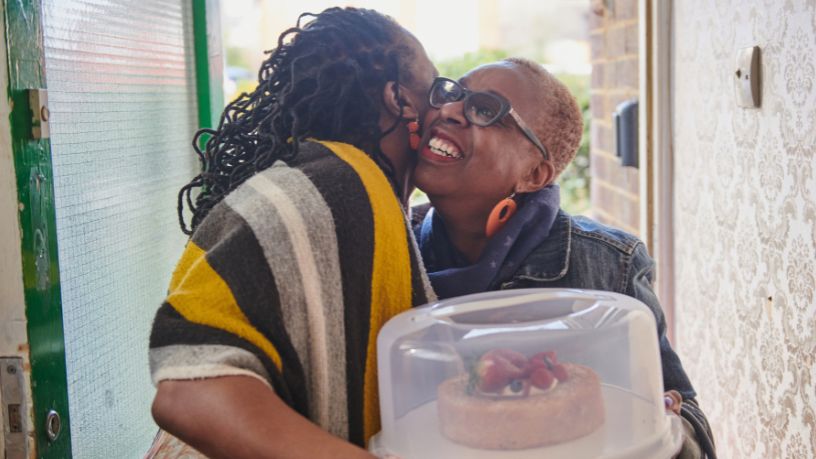Certain factors can increase your risk of cancer; some of these can't be changed, such as age or family history.
Key takeaways
Maintaining a healthy weight, doing regular exercise and eating a healthy diet can help reduce your cancer risk.
Reducing your alcohol intake can reduce cancer risk.
Did you know almost half of Australians will be diagnosed with cancer by the age of 85?1
It's a sobering statistic. While some risk factors for cancer can't be changed, such as age, sex, race, ethnicity, family history and genetics, others can.
Healthy habits can make a big difference when it comes to reducing your risk of cancer. One in 3 cancers can be prevented through healthy lifestyle choices.2
We share 6 key lifestyle factors that may help reduce your risk of cancer.
1. Maintain a healthy weight
People who are overweight are at greater risk of many diseases, including diabetes, stroke and heart disease, as well as 13 types of cancer.3 Over 5,000 cancer cases in Australia each year are caused by people being overweight or obese.4
Extra body fat can lead to an increase in chemicals and hormones released into the body. It can also increase inflammation in the body. These altered chemicals and hormones can change how the cells in your body divide, which can increase the risk of cancer.
Maintaining a healthy weight is helped by regular exercise and eating a well-balanced diet.
2. Be active
Physical inactivity is one of the biggest causes of cancer in Australia.5
Being physically active helps reduce the risk of many different types of cancer, including breast, endometrial, colon, lung and liver cancer.6
Exercising can help strengthen your immune system, reduce inflammation and lower fasting insulin resistance, all of which can contribute to the development of different cancers.7
Cancer Council recommends doing 30 minutes of vigorous activity or 60 minutes of moderate activity, such as brisk walking, every day. If you can talk while exercising, this is classed as moderate activity. Exercise that makes you breathless is vigorous.
Small changes in your day can help increase the amount of exercise you do. Consider walking instead of driving, having stand-up meetings instead of sitting down, or getting off the bus one stop earlier and walking.
3. Eat a balanced diet
Eating a diet rich in fruit, vegetables, wholegrains, legumes and beans can reduce your risk of cancer.8 It's recommended you eat 5 serves of vegetables and 2 serves of fruit each day.
While fresh foods such as fruit, vegetables and legumes have been shown to reduce the risk of cancer, other foods are known to increase the risk of cancer. Eating more than 455g of red meat a week can increase your risk of bowel, lung and pancreatic cancer.9 Diets high in processed meats, sugar, salt and saturated fat can also contribute to a high body weight and increase your risk of cancer.8
If you need help with your diet, speak to your GP or an Accredited Practising Dietitian.
4. Limit your alcohol intake
Drinking any alcohol increases your cancer risk. Alcohol is specifically linked to 8 different types of cancer, including breast, stomach, liver, bowel, mouth and upper throat, oesophagus and larynx cancer.10
Alcohol contains ethanol, which is a cancer-causing compound. When this is broken down in the body, it can damage your cells and cause cancer.
The Cancer Council recommends following the National Health and Medical Research Council guidelines and limiting intake to no more than 10 standard drinks a week, and no more than 4 standard drinks on any one day. If you do choose to drink, the less you drink the better. To help reduce your alcohol intake, ensure you have a few alcohol-free days every week, set yourself a limit of alcoholic drinks when you do drink, and swap to low-alcohol or no-alcohol alternatives when possible.
5. Stop smoking
Smoking is linked to 15 types of cancer including breast, oral cavity, pharynx, oesophagus, stomach, bowel, liver, pancreas, nasal cavity and paranasal sinuses, larynx, uterine, cervix, ovary, urinary bladder, kidney, ureter and bone marrow cancer.10
If you need help to stop smoking, speak to your GP or pharmacist.
6. Protect your skin
In Australia, skin cancers account for 80% of all newly diagnosed cancers.11 The majority of skin cancers are caused by exposure to UV radiation from sunlight.
When the UV level is 3 or above, protect your skin by wearing clothing that covers as much of your body as possible. You should also wear SPF50 or SPF50+ sunscreen when you're outside, wear a hat, wear sunglasses that meet Australian standards, and seek shade when possible.
While these key lifestyle changes may help reduce your risk of cancer, they may also reduce your risk of other health conditions, supporting you to live a longer, healthier, happier life all round.
Resources
Cancer Council has information and support online.
Cancer Australia is a government organisation to help Australians affected by cancer and their families and carers.
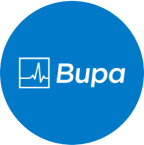
At Bupa, trust is everything
Our health and wellbeing information is regularly reviewed and maintained by a team of healthcare experts, to ensure its relevancy and accuracy. Everyone's health journey is unique and health outcomes vary from person to person.
This content is not a replacement for personalised and specific medical, healthcare, or other professional advice. If you have concerns about your health, see your doctor or other health professional.
1Cancer Council. (2024). Cancer Statistics in Australia. Cancer Council.
2Whiteman, D. C., Webb, P. M., Green, A. C., et al. (2015). Cancers in Australia in 2010 attributable to modifiable factors: summary and conclusions. Australian and New Zealand Journal of Public Health, 39(5), 452-457.
3Kitahara, C. M., Flint, A. J., de Gonzalez, A. B., et al. (2014). Association between class III obesity (BMI of 40-59 kg/m2) and mortality: a pooled analysis of 20 prospective studies. PLOS Medicine, 11(7), e1001673.
4Cancer Council. (2024). Overweight, obesity and cancer. Cancer Council.
5Australian Government, Australian Institute of Health and Welfare. (2017). Burden of Cancer in Australia: Australian Burden of Disease Study 2011. Australian Institute of Health and Welfare.
6Ellis, L., Milne, R. L., Moore, M. M., et al. (2024). Estimating cancers attributable to physical inactivity in Australia. Journal of Science and Medicine in Sport, 27(3), 149-153.
7World Cancer Research Fund, & American Institute for Cancer Research. (2018). Physical activity and the risk of cancer. World Cancer Research Fund.
8World Cancer Research Fund, & American Institute for Cancer Research. (2018). Diet, nutrition, physical activity and cancer: A global perspective. World Cancer Research Fund.
9Cancer Council. (2024). Information sheet: Meat and cancer. Cancer Council.
10International Agency for Research on Cancer. (2012). Personal Habits and Indoor Combustions. World Health Organization.
11Cancer Council. (2024). Skin Cancer. Cancer Council.
You might also like...
Cancer: The importance of screening and early detection
Having regular health checks and screenings can help detect cancers early and improve survival rates. Learn about the common screening tests in Australia.
Our melanoma miracle
Adam was diagnosed with stage 4 melanoma when he was 37 years old. Get to know his story and find out what you can do to stay sun safe.
Skin checks: Everything you need to know
Skin cancer is common in Australia, but early detection can significantly decrease your risk of a serious outcome. Discover different ways to check your skin.
Nutrition and cancer: What to eat to reduce your risk
Did you know there’s a link between cancer and nutrition? Discover the basics.

